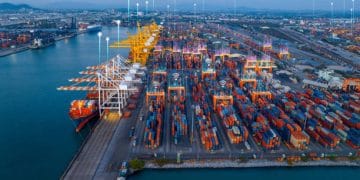The Philippines is projected to be the third-most affected economy in Southeast Asia from recently imposed U.S. tariffs, with exports to the U.S. expected to contract by about 13%, according to a United Nations Development Programme (UNDP) report released on Sept. 18.
In its study “Disruption, Diversification, and Divergence,” the UNDP noted that steep tariff measures are expected to cause a significant demand-side shock, particularly in Asia-Pacific economies with strong trade exposure to the U.S.
The report estimates a 6.4% overall decline in the region’s exports to the U.S. due to higher prices caused by tariffs, with Southeast Asia expected to experience a sharper drop of 9.7%.
Among Southeast Asian nations, Cambodia faces the steepest projected decline in U.S.-bound exports at 23.9%, followed by Vietnam at 19.2%. The Philippines comes in third with a 13.1% drop, while Thailand is projected at 12.7%, Malaysia at 10.4%, Indonesia at 6.4%, and Singapore at 3.8%.
These forecasts are based on tariff levels as of July 31, when the U.S. announced a 19% duty on selected imports from five ASEAN member states — the Philippines, Cambodia, Malaysia, Thailand, and Indonesia. The measures took effect on Aug. 7.
The U.S. remains the Philippines’ largest export market, receiving $12.14 billion worth of shipments in the previous year.
According to the UNDP, smaller economies with limited product diversification and fewer trading partners are most exposed to tariff shocks. Such economies often lack buffers against external disruptions, resulting in export losses, currency constraints, and employment challenges. In contrast, larger economies producing higher-value goods are generally better positioned to absorb tariff impacts.
The Philippines was noted to have one of the highest shares of exempted goods relative to its total exports to the U.S. at 27%. This ratio placed the country behind Malaysia (39%) and Vietnam (28%) but ahead of Thailand (26%) and China (24%).
The Philippine government has indicated that it is awaiting the final decision of the U.S. Supreme Court regarding the legality of the tariff measures. The court is set to hear arguments on Nov. 5 following a lower court’s ruling that questioned the extent of presidential authority under the International Emergency Economic Powers Act.
Meanwhile, Philippine officials said the country continues to pursue discussions for an arrangement that would provide mutually beneficial outcomes with the U.S., including potential tariff exemptions and exploring a free-trade agreement. The government is also considering diversifying export markets to regions such as the European Union, the Middle East, and Australia.
#TariffNews #GlobalTrade #SupplyChainNews #EconomicUpdate #ASEANTrade

















